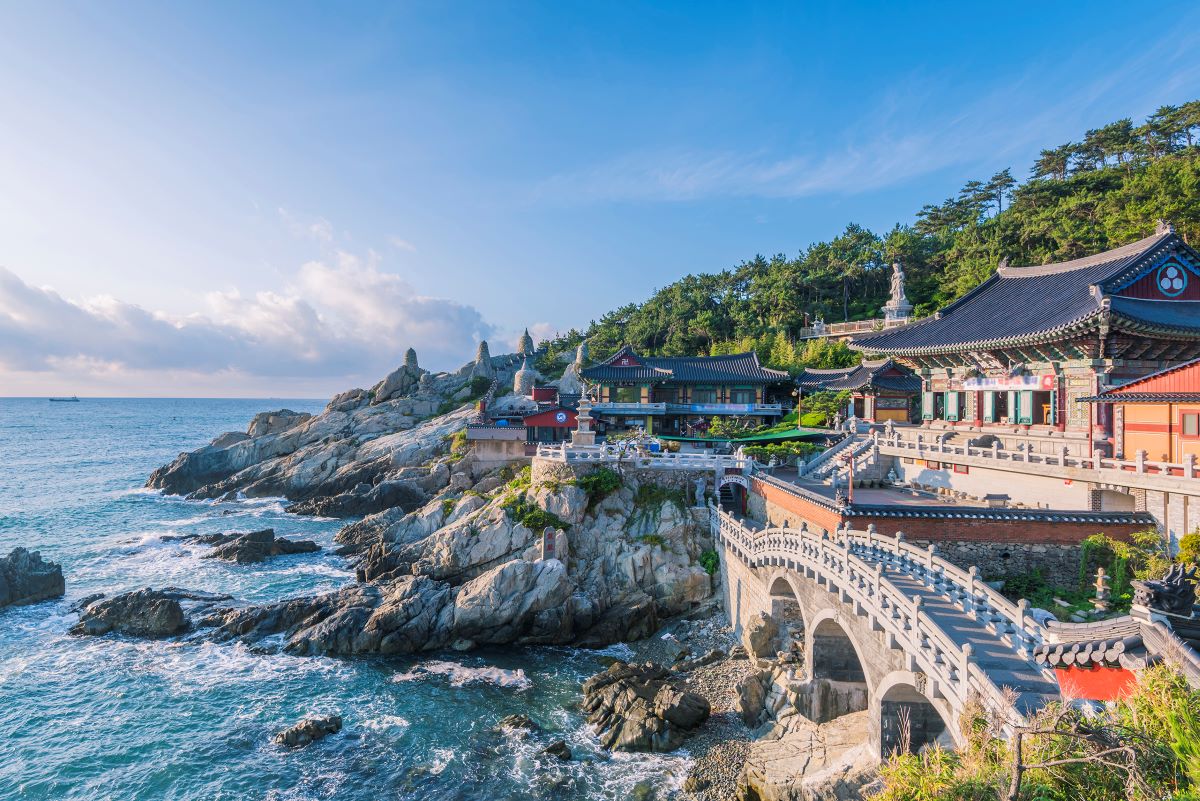South Korea, a vibrant country located in East Asia, is known for its rich history, dynamic culture, and rapid technological advancements. Spanning approximately 100,210 square kilometers, it is bordered by North Korea to the north, the Yellow Sea to the west, the East Sea (Sea of Japan) to the east, and the Korea Strait to the south. The peninsula is home to diverse landscapes, including mountains, coastal plains, and bustling urban centers.
From the bustling streets of Seoul to the serene temples of Gyeongju, South Korea offers a unique blend of ancient traditions and modern innovation. This blog explores the country’s geographical features, cultural heritage, festivals, technological advancements, and the ongoing conflict with North Korea, making it a fascinating destination for travelers.
Table of Contents
Geography of South Korea
South Korea is located on the southern half of the Korean Peninsula, bordered by the Democratic People’s Republic of Korea (North Korea) to the north. The country has a mountainous terrain, with the Taebaek Mountain Range running down its eastern side, offering stunning views and various hiking opportunities. The highest peak is Hallasan, situated on Jeju Island, which rises 1,947 meters above sea level.
The country experiences a temperate climate with four distinct seasons. Winters are cold and dry, while summers are hot and humid. The monsoon season, typically occurring from June to August, brings heavy rainfall. South Korea’s varied climate allows for diverse flora and fauna, making it a great destination for nature enthusiasts.
States of South Korea
South Korea is divided into 17 administrative divisions, which include 1 special city (Seoul), 6 metropolitan cities (Busan, Incheon, Daegu, Daejeon, Gwangju, and Ulsan), 9 provinces (Gyeonggi, Gangwon, North Chungcheong, South Chungcheong, North Jeolla, South Jeolla, North Gyeongsang, South Gyeongsang, and Jeju), and the special self-governing province of Jeju.
| No. | Type | Name |
|---|---|---|
| 1 | Special City | Seoul |
| 2 | Metropolitan City | Busan |
| 3 | Metropolitan City | Incheon |
| 4 | Metropolitan City | Daegu |
| 5 | Metropolitan City | Daejeon |
| 6 | Metropolitan City | Gwangju |
| 7 | Metropolitan City | Ulsan |
| 8 | Province | Gyeonggi |
| 9 | Province | Gangwon |
| 10 | Province | North Chungcheong |
| 11 | Province | South Chungcheong |
| 12 | Province | North Jeolla |
| 13 | Province | South Jeolla |
| 14 | Province | North Gyeongsang |
| 15 | Province | South Gyeongsang |
| 16 | Special Self-Governing Province | Jeju |
| 17 | Special Self-Governing Province | Jeju Island |
A Glimpse into History and Culture
South Korea’s history dates back thousands of years, with evidence of human settlements from the Paleolithic era. The Three Kingdoms period (57 BC – 668 AD) saw the rise of Goguryeo, Baekje, and Silla, which laid the foundation for Korean culture. The unification of the three kingdoms in 668 AD led to the formation of the Unified Silla Kingdom, known for its advancements in art, science, and technology.
The following Goryeo Dynasty (918-1392) is where the term “Korea” originated. This period saw the invention of movable metal type and the creation of Korea’s famed celadon pottery. The Joseon Dynasty (1392-1897) succeeded Goryeo and established Confucianism as the state ideology, influencing Korean culture, social structure, and education.
After Japan’s colonization from 1910 to 1945, Korea was liberated at the end of World War II. However, the peninsula was divided into two separate nations, North and South Korea, leading to the Korean War (1950-1953). Since then, South Korea has transformed into a democratic and prosperous nation, embracing modernity while cherishing its cultural heritage.
Korean culture is rich and diverse, encompassing traditional music (gugak), dance (such as the fan dance), and various art forms, including pottery and calligraphy. Festivals like Chuseok (Korean Thanksgiving) and Seollal (Lunar New Year) reflect the country’s traditions and family values. South Korea is also known for its pop culture, particularly K-pop and Korean dramas, which have gained international acclaim.
The Conflict Between North and South Korea
The division between North and South Korea has profoundly shaped the country’s modern identity. Following the end of World War II, Korea was split into two zones of occupation, with the Soviet Union controlling the north and the United States overseeing the south. This division solidified in 1948, when two separate governments were established: the Democratic People’s Republic of Korea in the north and the Republic of Korea in the south.
Tensions escalated into the Korean War in 1950, as North Korea invaded the south in an attempt to unify the peninsula under communist rule. The war lasted three years, resulting in significant loss of life and destruction. An armistice was signed in 1953, but no peace treaty was ever concluded, leaving the two Koreas technically still at war. The Korean Demilitarized Zone (DMZ) was established as a buffer zone between the two nations, serving as a reminder of the ongoing conflict.
Today, the relationship between North and South Korea remains tense, characterized by periodic escalations in military activity, diplomatic negotiations, and cultural exchanges. While efforts have been made for reconciliation, the North’s nuclear ambitions and human rights abuses continue to pose challenges to stability in the region.
Festivals and Cultural Celebrations
South Korea’s vibrant culture is celebrated through numerous festivals throughout the year. These events reflect the country’s traditions, community spirit, and seasonal changes. Some of the most notable festivals include:
- Chuseok: Often referred to as the Korean Thanksgiving, Chuseok is a major harvest festival celebrated in September or October. Families gather to honor their ancestors through rituals called “charye,” prepare traditional foods such as songpyeon (rice cakes), and enjoy festive meals together. It is a time for family reunions, paying respects to ancestors, and celebrating the harvest.
- Seollal: The Lunar New Year, or Seollal, is another important celebration in South Korea. Families come together to celebrate the beginning of the new year, perform ancestral rites, and play traditional games. Food plays a significant role during Seollal, with dishes like tteokguk (rice cake soup) symbolizing prosperity and longevity.
- Buddha’s Birthday: Celebrated on the eighth day of the fourth lunar month, Buddha’s Birthday is a national holiday in South Korea. Temples are adorned with colorful lanterns, and various ceremonies are held to honor Buddha. The festivities often include parades, performances, and the preparation of traditional food.
- Gwangju Kimchi Festival: This festival celebrates one of Korea’s most iconic dishes, kimchi. Held in Gwangju, the festival features kimchi-making contests, tasting events, and cultural performances. Visitors can learn about the health benefits of kimchi and its importance in Korean cuisine.
- Busan International Film Festival: While not a traditional festival, the Busan International Film Festival (BIFF) is a significant cultural event that attracts filmmakers and movie enthusiasts from around the world. It showcases new films, promotes emerging talent, and highlights the diversity of global cinema.
Top Ten Must-Visit Destinations in South Korea
South Korea is a treasure trove of cultural landmarks, historical sites, and natural wonders that offer a unique glimpse into the country’s rich heritage and stunning landscapes. Here are ten must-visit destinations that showcase the diverse beauty and significance of South Korea.
- Gyeongbokgung Palace

Gyeongbokgung Palace, the largest and most iconic of the Five Grand Palaces built during the Joseon Dynasty, is located in the heart of Seoul. Constructed in 1395, this architectural marvel features beautiful gardens, tranquil ponds, and stunning traditional architecture. Visitors can witness the Changing of the Guard ceremony and explore the National Palace Museum of Korea and the National Folk Museum, which provide insights into Korea’s royal history and folk culture.
- Jeju Island

Jeju Island, a UNESCO World Heritage site, is renowned for its breathtaking natural landscapes, volcanic formations, and unique culture. The island features Hallasan, South Korea’s highest peak, and is dotted with beautiful beaches, waterfalls, and lava tubes. Popular attractions include Seongsan Ilchulbong (Sunrise Peak), a volcanic crater with stunning ocean views, and Manjanggul Cave, one of the longest lava tubes in the world.
- Suwon Hwaseong Fortress
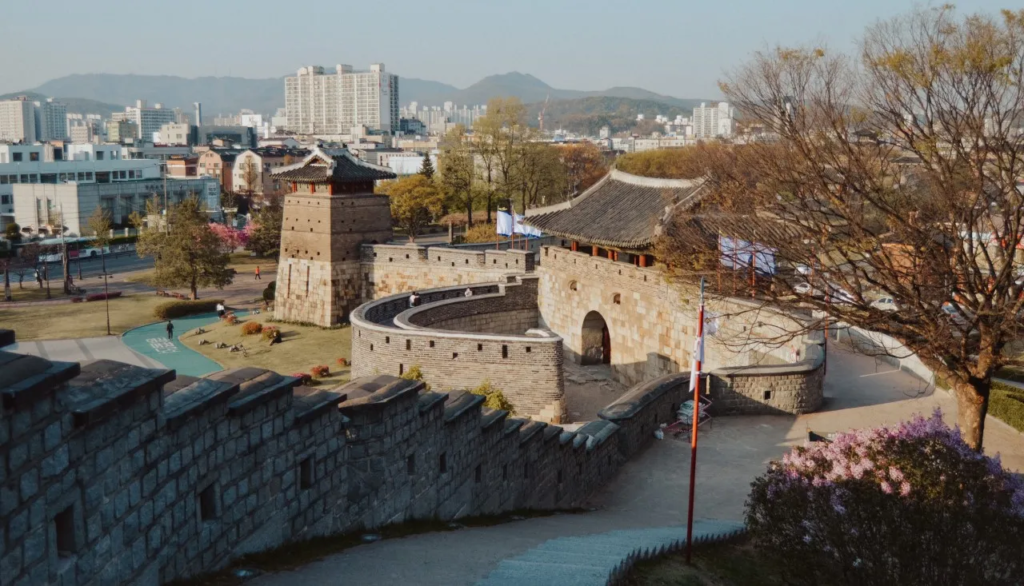
Suwon Hwaseong Fortress, a UNESCO World Heritage site, is a remarkable example of late 18th-century military architecture. Built during the reign of King Jeongjo, the fortress features impressive walls, watchtowers, and gates that showcase traditional Korean defensive techniques. Visitors can walk along the fortress walls, explore the beautiful gardens, and enjoy panoramic views of Suwon.
- Nami Island

Nami Island, located near Chuncheon, is a picturesque destination famous for its tree-lined avenues and serene landscapes. This half-moon-shaped island is especially stunning in the autumn when the leaves change color. Visitors can rent bicycles, take leisurely walks, or enjoy various outdoor activities. The island is also known for its cultural events, art installations, and the popular Korean drama “Winter Sonata,” which contributed to its fame.
- Bukchon Hanok Village
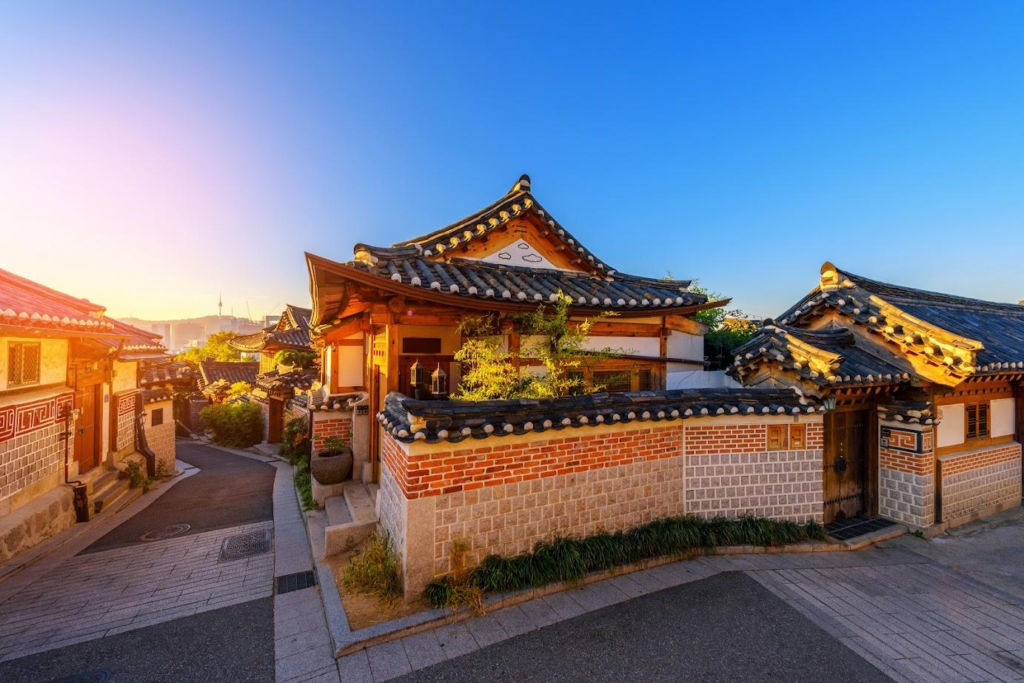
Bukchon Hanok Village, nestled between Gyeongbokgung Palace and Changdeokgung Palace in Seoul, is a preserved traditional village showcasing hundreds of hanoks (traditional Korean houses). The village provides visitors with a glimpse of Korea’s architectural heritage and lifestyle during the Joseon Dynasty. Strolling through the narrow alleys, guests can appreciate the intricate designs of the hanoks and enjoy views of modern Seoul juxtaposed with historical architecture.
- DMZ (Demilitarized Zone)
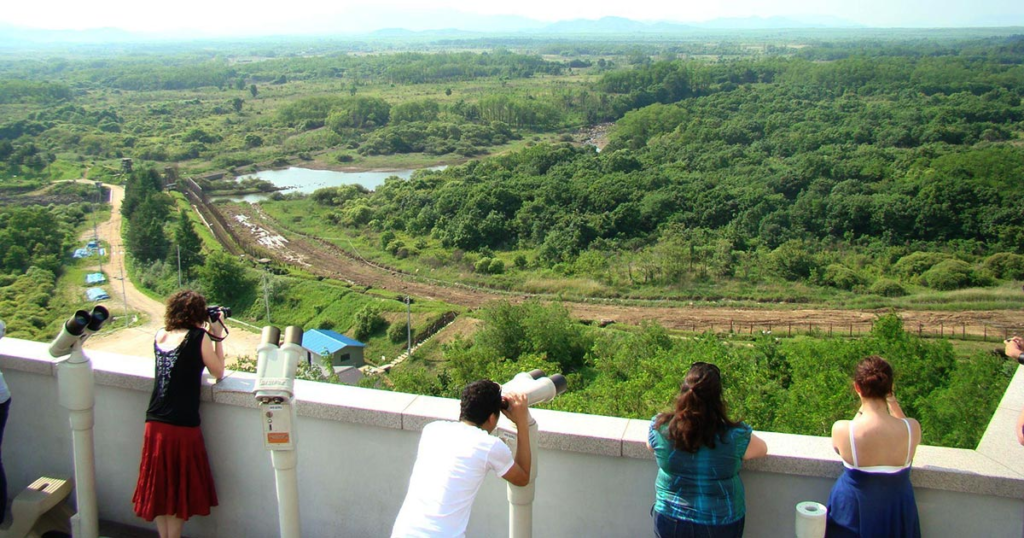
The DMZ, a buffer zone between North and South Korea, is a unique destination that offers insight into the ongoing conflict and division of the Korean Peninsula. Visitors can take guided tours to learn about the history and significance of the DMZ, visit the Third Infiltration Tunnel, and view the Joint Security Area (JSA), where North and South Korean soldiers stand face-to-face. The DMZ is not only a symbol of division but also a site of hope for peace and reconciliation.
- Seoraksan National Park
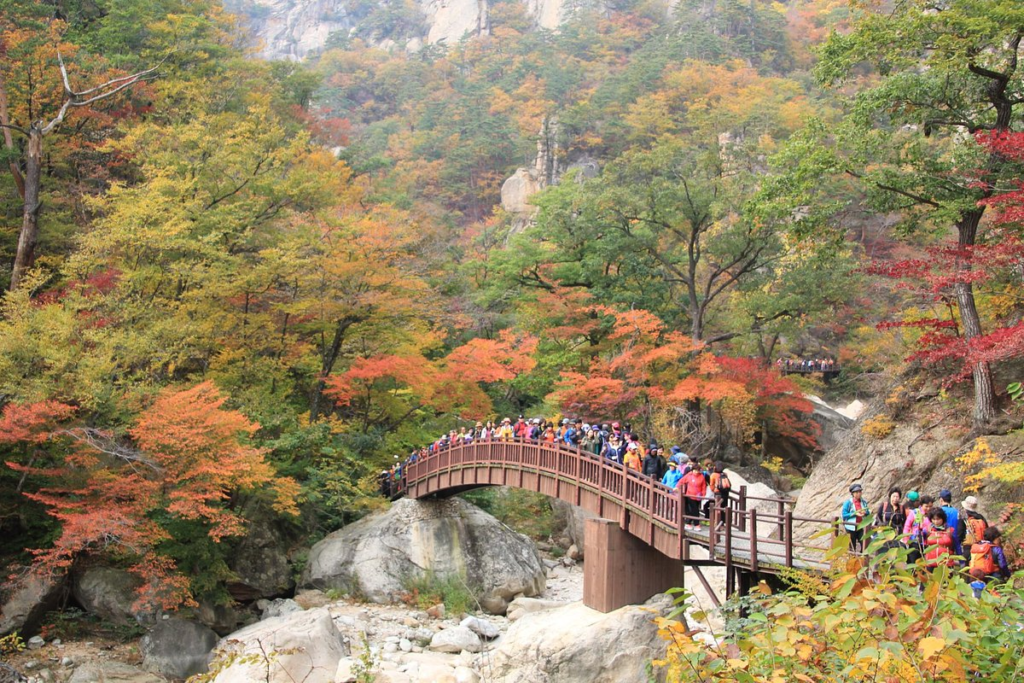
Seoraksan National Park is a stunning natural wonder known for its dramatic mountain scenery, diverse wildlife, and hiking trails. The park is home to Seoraksan, the third-highest mountain in South Korea, and features various hiking routes suitable for all skill levels. Visitors can explore picturesque valleys, crystal-clear streams, and ancient temples, such as Sinheungsa Temple, located within the park. The vibrant autumn foliage makes this destination particularly popular among nature lovers.
- Gyeongju Historic Area
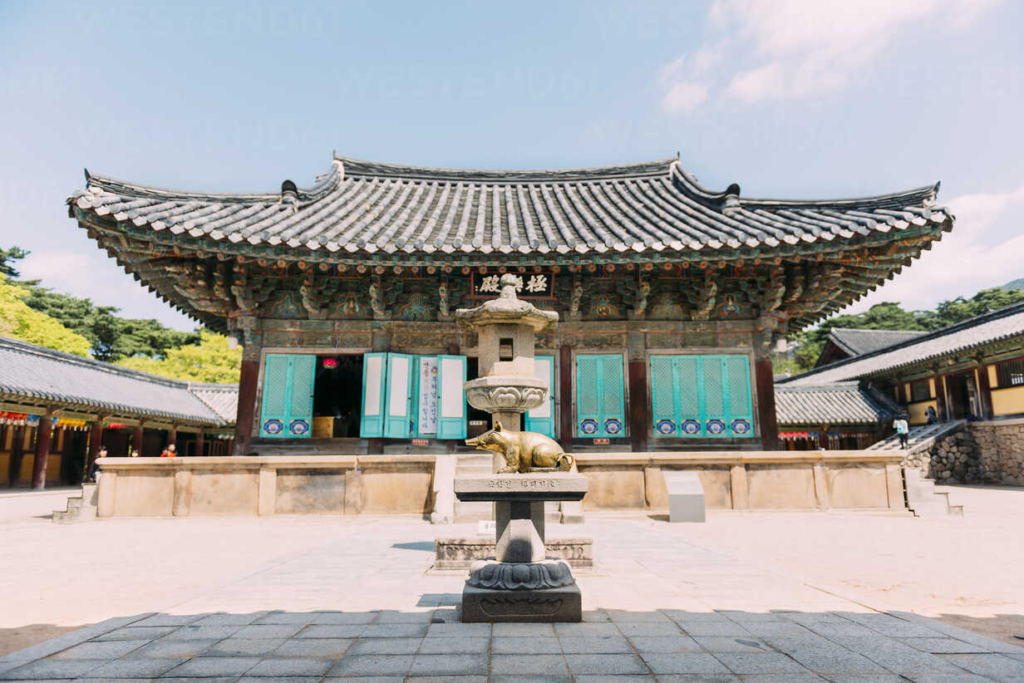
Gyeongju, known as the “Museum without Walls,” is a UNESCO World Heritage site that was the capital of the Silla Kingdom for nearly a millennium. The historic area is dotted with ancient tombs, palaces, and temples, including the famous Bulguksa Temple and Seokguram Grotto, both UNESCO World Heritage sites. Visitors can explore the ancient relics, learn about Korea’s history, and enjoy the beautiful scenery of the surrounding hills and fields.
- Andong Hahoe Folk Village
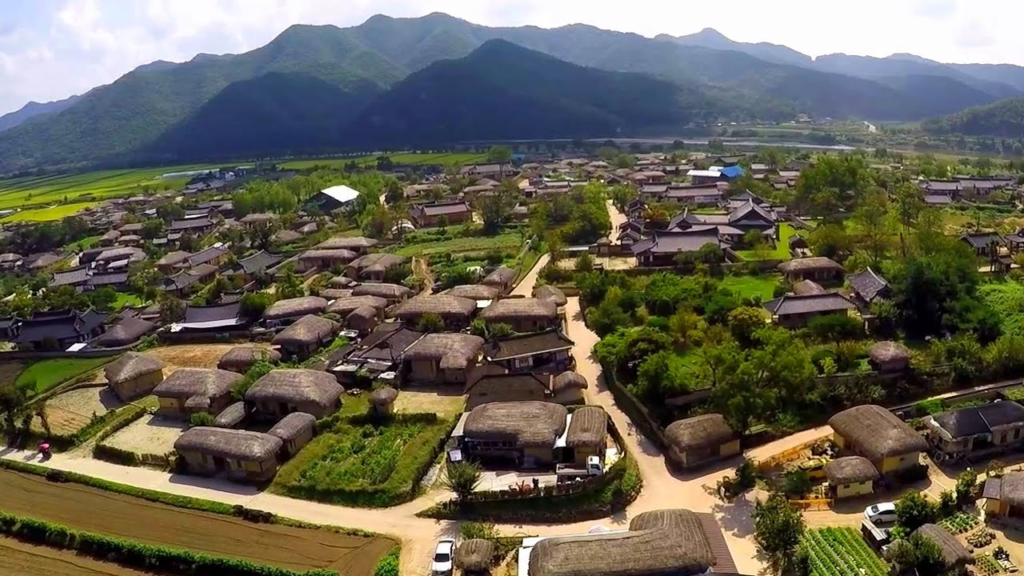
Andong Hahoe Folk Village is a UNESCO World Heritage site that preserves traditional Korean culture and architecture. The village is famous for its well-preserved hanoks, traditional masks, and folk performances. Visitors can participate in cultural activities, such as traditional games, craft-making, and mask dances. The village offers a glimpse into Korea’s rural life and rich cultural heritage, making it a perfect destination for those interested in traditional customs.
- Changdeokgung Palace and Secret Garden
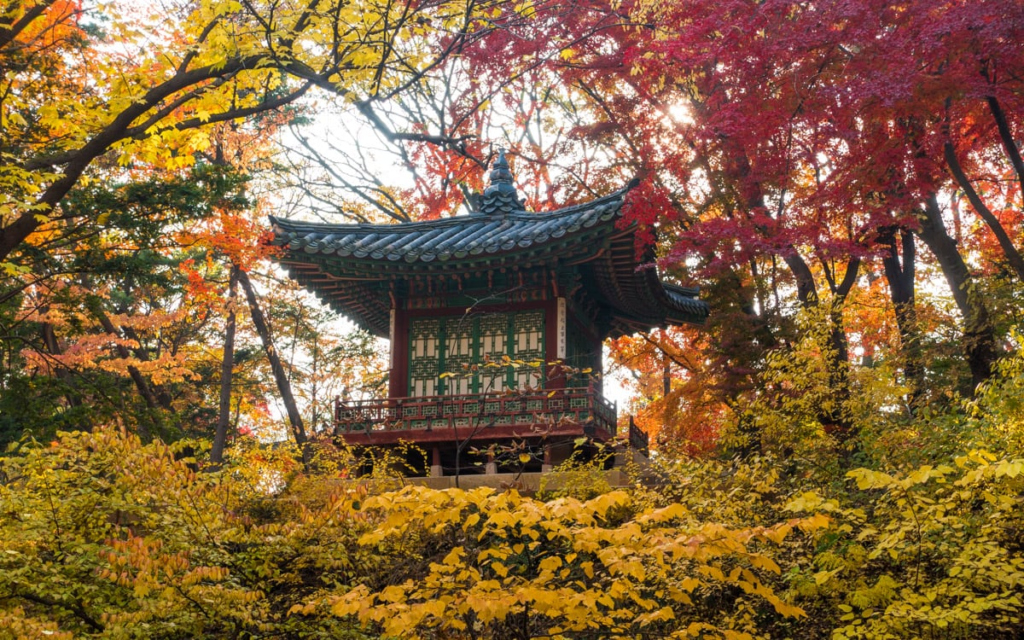
Changdeokgung Palace, a UNESCO World Heritage site, is renowned for its stunning architecture and beautiful gardens. The palace complex is an excellent example of traditional Korean palatial architecture, harmoniously blending with its natural surroundings. The Secret Garden (Biwon), a tranquil oasis within the palace grounds, features serene ponds, lush greenery, and walking paths that offer visitors a peaceful escape from the bustling city. Guided tours of the palace and garden provide insights into the royal history of Korea.
Technological Advancements
South Korea is a global leader in technology and innovation, known for its advancements in telecommunications, electronics, and digital infrastructure. The country has one of the fastest internet speeds in the world, facilitating the growth of online businesses and e-commerce.
Companies like Samsung and LG have established themselves as pioneers in the electronics industry, producing cutting-edge smartphones, home appliances, and display technologies. South Korea’s commitment to research and development has fueled advancements in artificial intelligence, robotics, and biotechnology.
The government promotes technology-driven initiatives, including smart cities and sustainable energy solutions. The country’s focus on education and innovation has fostered a highly skilled workforce, driving economic growth and technological progress.
Education and Innovation
Education is highly valued in South Korean society, with a strong emphasis on academic achievement. The country has one of the highest literacy rates in the world, and the education system is known for its rigorous standards. Students often attend after-school programs, known as “hagwons,” to supplement their education and prepare for competitive entrance exams.
South Korea’s commitment to innovation is evident in its investment in research and development. The government collaborates with private companies and universities to foster a culture of innovation and entrepreneurship. The emphasis on STEM (science, technology, engineering, and mathematics) education has led to a highly skilled workforce capable of driving technological advancements.
The Role of Globalization
Globalization has played a significant role in shaping South Korea’s modern identity. The country has actively engaged with the international community, establishing trade agreements and participating in global organizations. As a result, South Korea has become a key player in the global economy, with a strong export market.
Culturally, globalization has influenced South Korean society, leading to the fusion of traditional and modern elements. The spread of K-pop and Korean dramas has introduced Korean culture to a global audience, fostering cross-cultural exchanges and collaborations.
Top Eight Most Famous Food Of South Korea
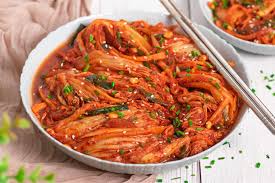
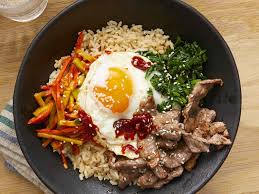
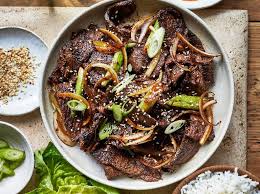
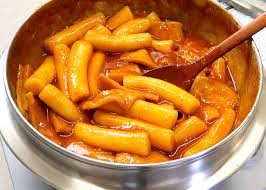
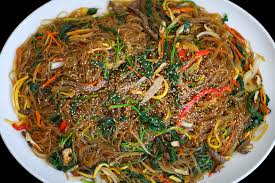
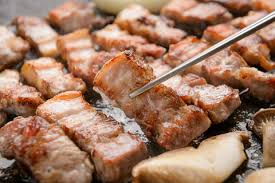
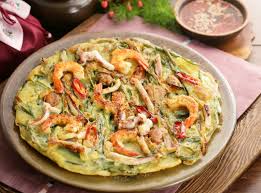
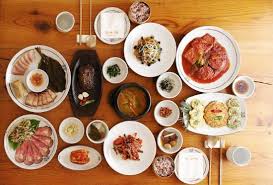
K-Pop and Global Influence
In recent years, South Korea has gained global recognition for its pop culture, particularly K-pop. The rise of K-pop groups like BTS, BLACKPINK, and EXO has taken the world by storm, attracting millions of fans. K-pop’s catchy melodies, intricate choreography, and high production values have made it a dominant force in the music industry.
Korean dramas (K-dramas) have also gained immense popularity worldwide, showcasing compelling storylines and talented actors. Platforms like Netflix have expanded the reach of K-content, introducing international audiences to the charm of Korean entertainment.
The “Korean Wave,” or Hallyu, has become a cultural phenomenon, influencing fashion, beauty, and lifestyle trends globally. South Korea’s unique blend of traditional and modern influences continues to captivate audiences around the world.
Social Issues and Challenges
Despite its rapid development, South Korea faces several social challenges. Issues such as high youth unemployment, an aging population, and mental health concerns are increasingly prominent. The competitive education system can contribute to stress and pressure among students, leading to mental health issues.
Additionally, gender inequality remains a concern, with women facing challenges in the workforce and societal expectations. The government has implemented policies to address these issues, promoting gender equality and improving work-life balance.
The Future of South Korea
Looking ahead, South Korea’s future will be shaped by its ability to navigate the complexities of its relationship with North Korea, address social challenges, and continue its role as a leader in technology and innovation. The country’s commitment to education, research, and development will play a crucial role in fostering economic growth and maintaining its global competitiveness.
In recent years, there have been diplomatic efforts to improve relations with North Korea, including summits between leaders and discussions about denuclearization. While the path to peace remains uncertain, the hope for a peaceful resolution and reunification continues to resonate with many Koreans.
Conclusion
South Korea, the Land of Morning Calm, is a country that seamlessly blends its rich cultural heritage with modern innovation. From the stunning landscapes to the vibrant streets, South Korea offers an array of experiences for travelers. Its technological advancements, commitment to education, and global influence make it a fascinating country to explore.
As South Korea continues to evolve, it remains deeply rooted in its traditions, embracing change while honoring its past. Whether you’re a history buff, a technology enthusiast, or someone interested in cultural phenomena, South Korea has something to offer everyone, making it a truly remarkable place to discover.
let’s enjoy few years on earth with peace and happiness….✍🏼🙏

